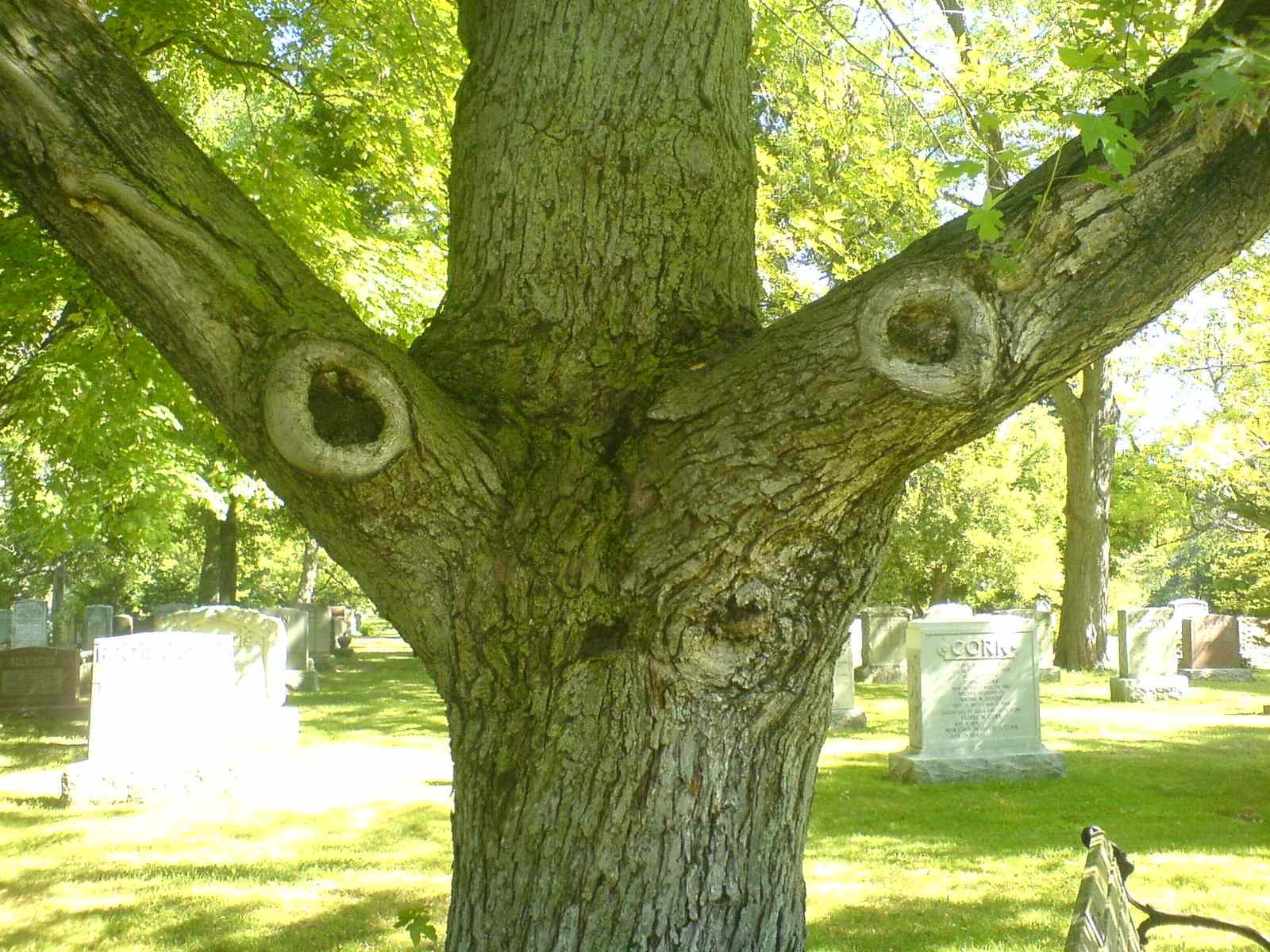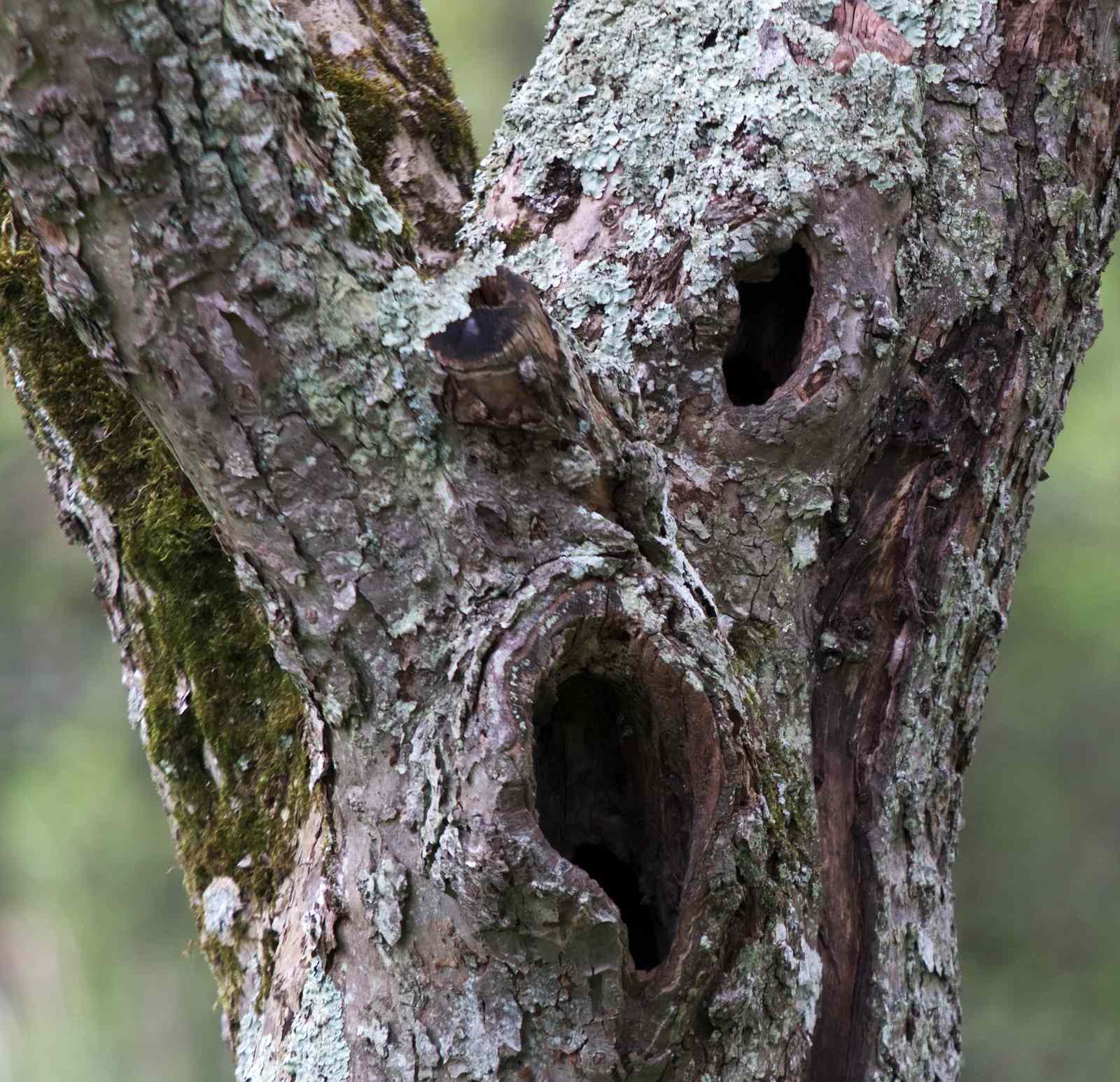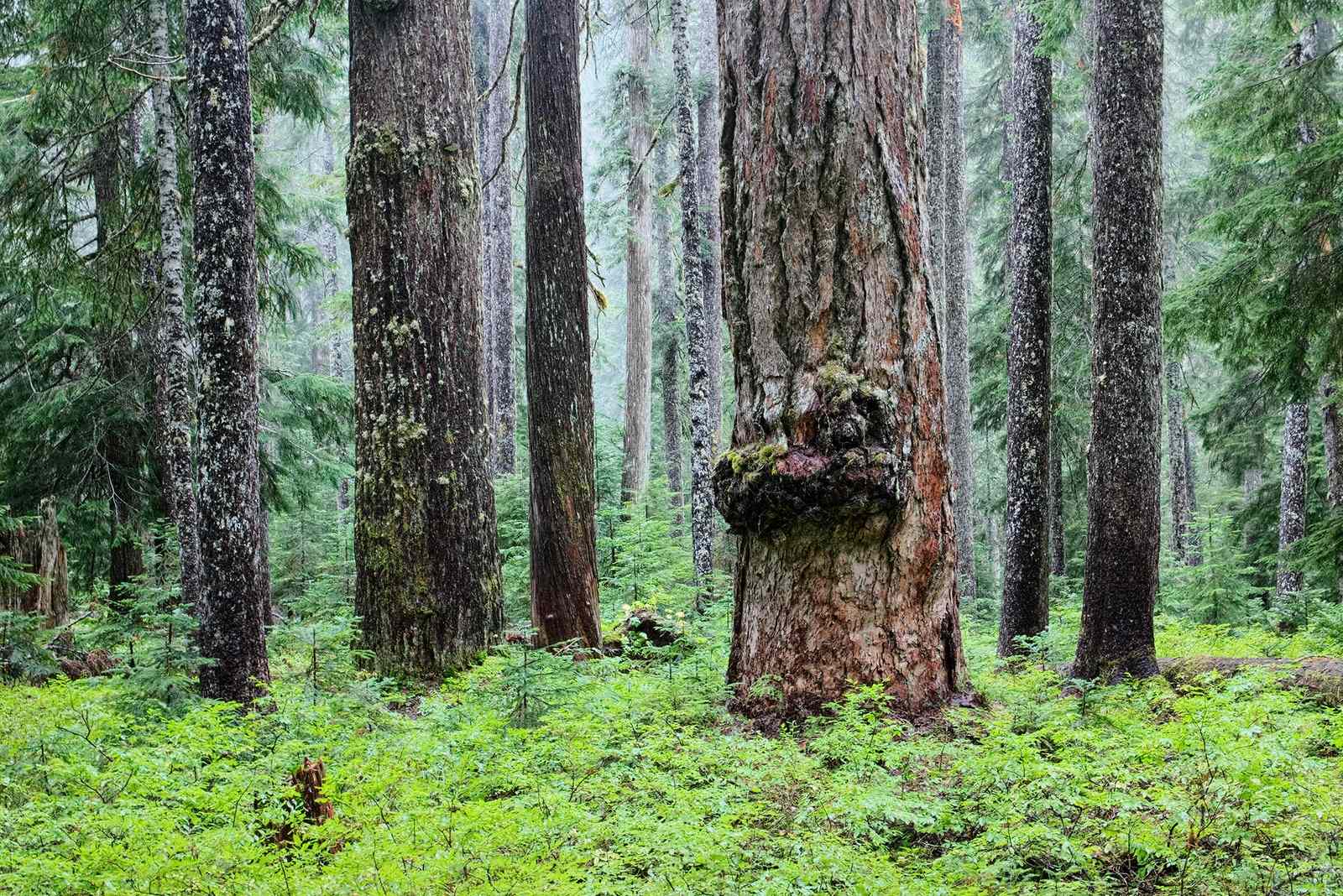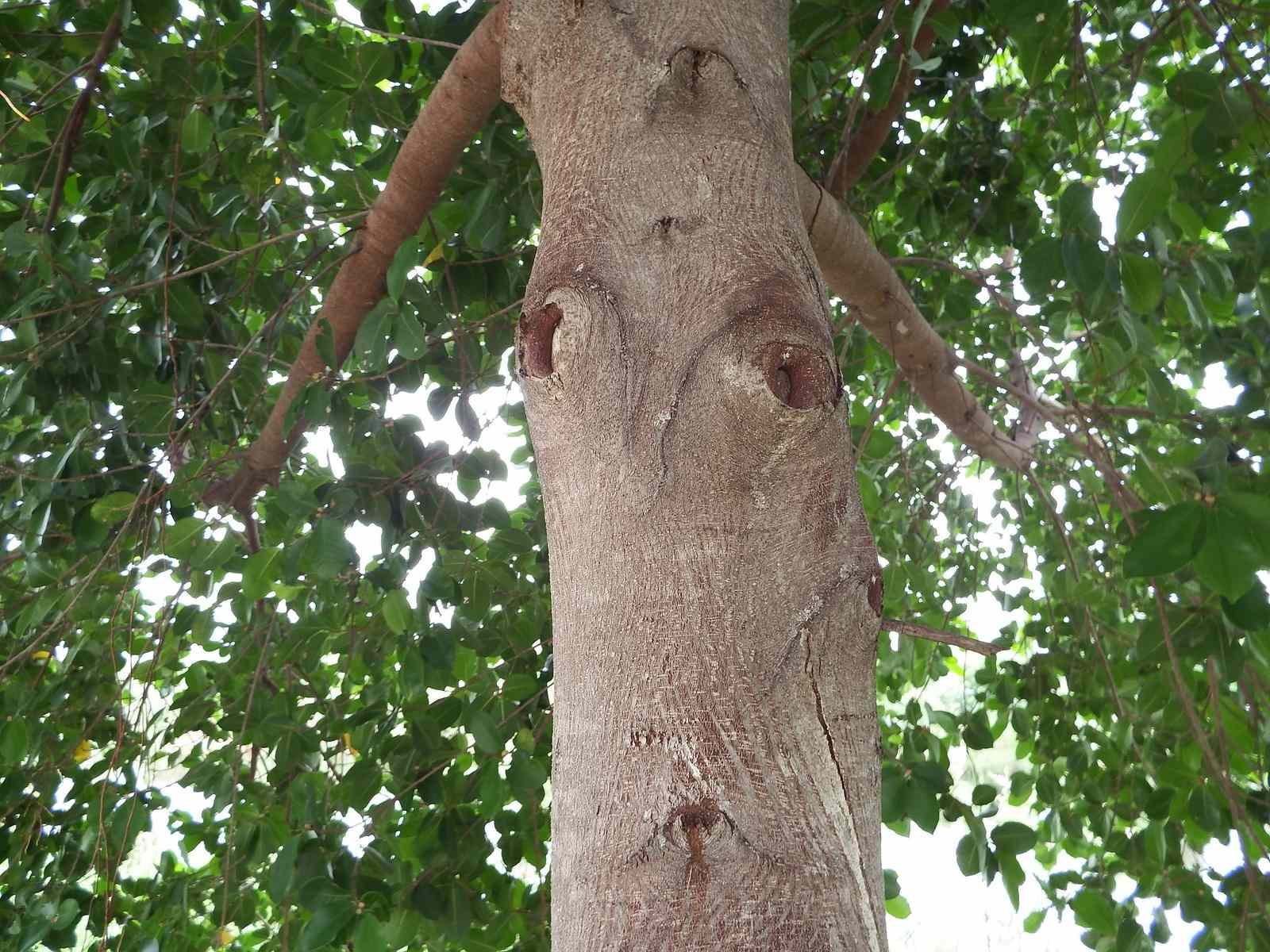Published September 25, 2020
It’s Sep-TIMBERRRR 20-26th—National Forest Week!
It’s the perfect time to celebrate all the trees in the Great Lakes region that provide us with shade, resources, pretty colours in the fall—and not to mention oxygen!
It’s easy to take the abundance of trees in the Great Lakes region for granted, but have you ever wondered…
Why do so many trees grow around the Great Lakes?
The area around the Great Lakes is uniquely well-suited for different forest regions in Ontario. Thousands of years ago, glaciers enveloped all of the area that’s now home to the Great Lakes. When these glaciers melted and retreated, they left behind rich soil full of nutrients that helped trees to grow.
Trees in Ontario are constantly drinking in water from the Great Lakes. In fact, even if you’re nowhere near the Great Lakes, the lakes are all around you. Every leaf on every tree you see needs water to grow.
The Great Lakes are vital for forests in Ontario, but did you know that trees also benefit the Great Lakes?

How do trees benefit the Great Lakes region?
It’s all thanks to a process called phytoremediation (“phyto,” meaning relating to plants, and “remediation,” meaning to remedy something).
Through phytoremediation, trees around the Great Lakes are able to reduce pollutants in the soil and lessen their effects in the environment. Trees can actually help clean up pollution from landfills, dumps, or other waste sites.
Thanks to their quick growth and deep, expansive network of roots, Poplars and Willows do an excellent job of sucking up contaminants from soil, groundwater, and nearby waterways (kind of like huge straws).
Yes, it wouldn’t be the Great Lakes region without trees.
To celebrate National Forest Week, here are 7 trees that would like a word with you…
1
Hungry Herman

“Don’t look at me like that… I’m just supplementing the nutrients in my soil.”
Did You Know?
2
Hugo the Hypnotist

“Look into my eyes, look deeeeeeeep into my eyes… you will recycle from this day until your last.”
Did You Know?
3
Noisy Naomi

"If I holler through a megaphone in a forest and no one is around to hear it, do I make a sound?"
Did You Know?
4
Befuddled Bertha

“This Treegonomety makes no sense. I’m stumped.”
Did You Know?
5
Troubled Mr. Trunkett

Why the long face, Mr. Trunkett?
"I'm hollow inside!"
Did You Know?
6
Grouchy Gustav

“Leaf me alone. No one sticks around me anyway”
(Don’t worry, Gustav’s bark is worse than his bite.)
Did You Know?
7
Shady Sue

"I'm not throwing shade! I just soaked up some very acidic soil."
(Sorry Sour Sue, my mistake.)
Did You Know?
Continue celebrating National Forest Week with these articles:
Use this guide to plan the ultimate fall forest adventure
Visit these parks to see fall colours in Ontario
What is forest bathing? Discover how to soak up nature
Nature from home: 24 trees to look for in your neighbourhood
Nature from home: 6 traditional medicines you can make at home
